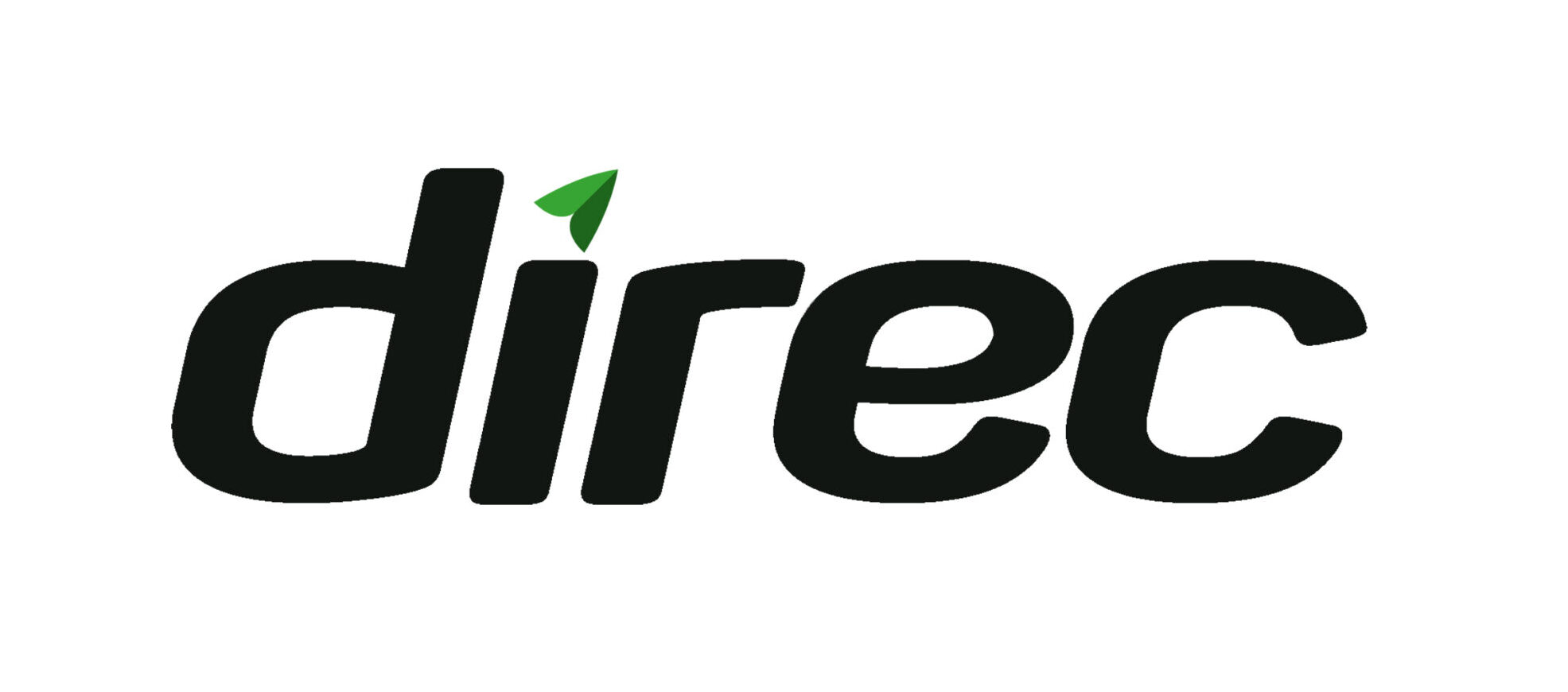
10 Jun Protect Your Assets with a Vulnerability Scanner and Assessment
What are the advantages of using a vulnerability scanner?
- Comprehensively detects weaknesses
- Creates an inventory of assets
- Generates a security record
- Saves time
Cybersecurity threats are continually evolving. Purveyors of these kinds of attacks are adapting to the weak security measures that businesses have put in place. This is no longer a challenge for them. Knowing this, companies, businesses, and organizations have begun turning towards more efficient means of protecting their network and assets. They need as little disruption to their operations as possible. Understanding the advantages of a vulnerability scanner is one way these conglomerates are arming themselves against the threats presented to them in their network.
What is a vulnerability scanner?
Before looking into the advantages of this kind of security, it’s essential to know that the main aim of vulnerability scanners is to identify the weaknesses and vulnerabilities in a given system or network. It scans servers, hardware, and software and determines which areas are exposed to threats and attacks.
Vulnerability scanning and assessment typically involve three complex processes, such as information gathering, enumeration, and review, and finally detecting and reporting. Without such a valuable tool, businesses wouldn’t be able to make decisions based on improving their IT security systems to further protect their entire network from advanced threats. Continue reading to learn more about its benefits for your company’s network.
Comprehensively detects weaknesses
In much the same way, vulnerability scanners work like anti-viruses, but on a much larger scale. An anti-virus makes a scan of all the files on your computer. Because you’re in control of when and where these scans are made, you’re able to redirect your anti-virus efforts towards only smaller locations.
A vulnerability scanner does not only scan the files on your computer. Instead, it has the capacity to identify all elements involved across a network. You guessed it – it scans operating systems, servers, laptops, software, hardware, protocols, and more. The purpose of this is so that it would be able to detect areas in these elements which are in need of improvements.
By detecting weaknesses, your scanner and assessment will be able to make recommendations to your company on what changes need to be made to improve security. Keeping a lookout for these weak points allows you to redirect your efforts and resources to address them and, if possible, enhance the strong ones.
Creates an inventory of assets
A company’s IT network consists of many different elements that range from hardware to software. Especially if you’re a large company, it may not always be easy for you to keep track of the tools used in your daily operations. Monitoring multiple laptops at any given time, for example, is not feasible without a dedicated vulnerability scanner and assessment.
This tool can generate a list or an inventory of your company’s assets. It identifies the count of specific types of devices, like computers, CPUs, and the like. Through an intuitive user interface, you’re able to more easily view each device’s system information, their purpose, and the corresponding vulnerabilities that need to be addressed in each of them.
Having this kind of information allows you to discard devices that don’t seem to have any real use in your organization’s network. This enables you to reduce the amount of bulk in the storage.
Generates a security record
Networks require a high level of transparency for private organizations. People handling this part of the operations need to understand every single change that has been made, and subsequently follow the rationale behind these modifications. With a vulnerability scanner and assessment, you will be able to view security records regarding the activities that this security solution has done.
Vulnerability scanners and assessment tools are specifically designed to be more ergonomic for the user. It would be more advantageous for the latter if they are kept abreast of everything going on in the network. By taking advantage of this technology, the user can view a detailed report or security record that lists what has been done on the cloud. They would be able to view which network elements have been optimized, which ones needed improvement when a scan was conducted, and so on.
Saves time
Understanding the purpose of a vulnerability scanner and assessment, one could already gather how much of a time saver this technology is for every company. The scanner acts as a preventive measure for businesses because it’s able to generate data-based analytics based on patterns across your network.
Without this scanner, you run the risk of directing your organization’s resources towards more time-consuming activities of merely scanning the network without reliable software, and subsequently making the necessary changes to rectify the issues.
You don’t have to do all the tasks software such as a vulnerability scanner can just as quickly do, enabling you to spend more time on the more important areas of your organization that need attention.
Key Takeaway
The advantages of a vulnerability scanner and assessment are simply too attractive for your organization to pass up. It benefits many aspects of the operation, not only in the field of cybersecurity but also in terms of optimizing your assets.
There’s no better resource for this type of technology than Direc Business’s SecPoint Penetrator Vulnerability Scanner and Assessment. This state-of-the-art technology provides your business with nothing but the best business outcomes.

